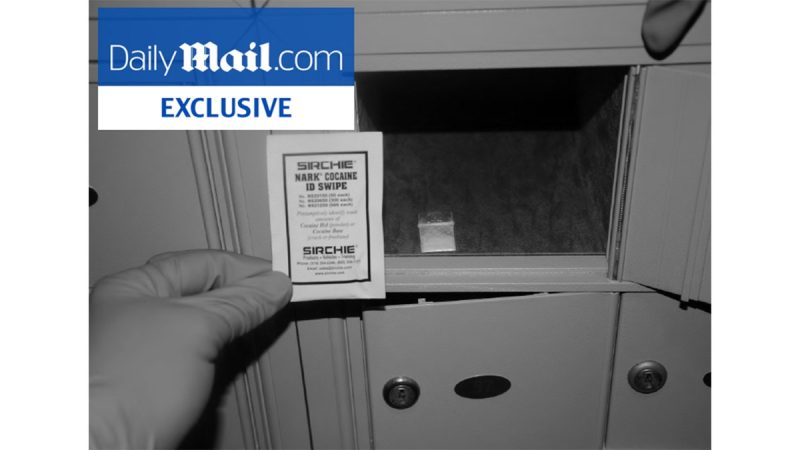
Newly released photos show mysterious cocaine discovered in White House
Photos showing the mysterious cocaine discovered inside the White House over the summer have been released after being obtained via a Freedom of Information Act request from the Secret Service by the Daily Mail.
The baggie of cocaine was initially discovered on July 2 in a storage locker near the entrance to the White House’s West Wing by a member of the Secret Service, which sparked an evacuation of the building and emergency response.
A test was then conducted on the substance, which came back positive for cocaine, the Secret Service told Fox News on July 5.
The discovery prompted the Secret Service to launch an investigation, which was later closed after the agency said it was ‘not able’ to identify a suspect.
President Biden was at Camp David at the time of the discovery of the substance. The president’s son, Hunter, who is a recovered crack cocaine addict, was also at Camp David at the time of discovery.
According to the Secret Service, the area of the West Wing in which the cocaine was found is used by both guests and staff.
The Secret Service announced July 12 that it had closed its investigation into the cocaine and said it was ‘not able’ to ‘single out a person of interest’ because of a lack of physical evidence.
The agency said it had received the FBI’s lab results from the cocaine baggie, but the effort ‘did not develop latent fingerprints and insufficient DNA was present for investigative comparisons.’
‘Therefore, the Secret Service is not able to compare evidence against the known pool of individuals,’ it said, adding that the FBl’s evaluation of the substance ‘also confirmed that it was cocaine.’
The investigation’s closure brought condemnation from Republican lawmakers, who referred to it as special treatment for the Biden family.
‘They have cameras 24-7. It just seems to me when it comes to the ‘Biden, Inc.’ family, they get treated different than anybody else,’ then-House Speaker Kevin McCarthy told Fox.
Fox News’ Brooke Singman and Charles Creitz contributed to this report.
